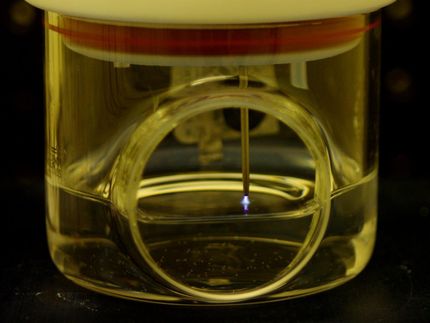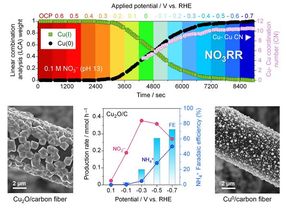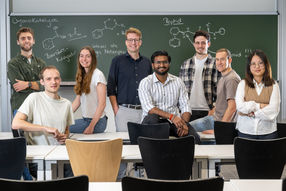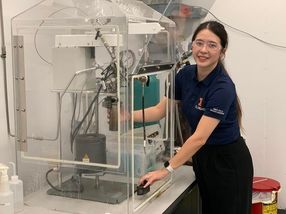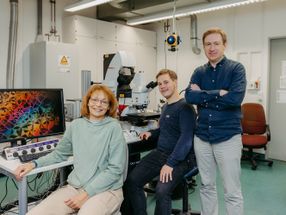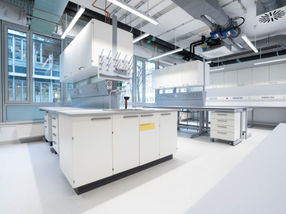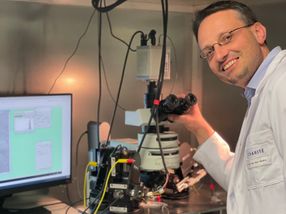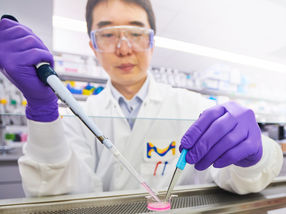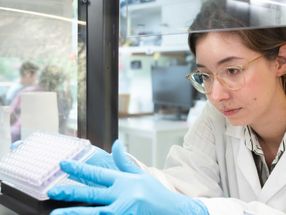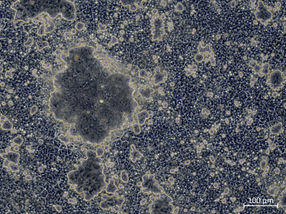Closer to reality
Advertisement
Heterogeneous gas-solid catalyst reactions occur on the atomic scale and there is increasing evidence single atoms and very small clusters can act as primary active sites in chemical reactions. When studying the reactions taking place at the catalyst surface, scientists usually have to look into idealized reaction systems under idealized conditions rather than examining the reality of an industrial catalytic process, which may be inhomogeneous samples at high temperatures and pressures. Structural features in inhomogeneous samples, such as heterogeneous industrial catalysts consisting, for example, of nano-particulate metals and high surface-area oxide supports, can be identified by modern high resolution microscopy techniques, especially by transmission electron microscopy (TEM). Yet, these studies still had to be carried out, very unrealistically, under high vacuum conditions. Recently, a team at the University of York (UK) led by Pratibha L. Gai and Edward D. Boyes developed a version of an atomic resolution “environmental” TEM, abbreviated as ETEM, for studies under much more realistic conditions. It enables probing gas-solid reactions directly at the atomic level under controlled atmosphere and temperature conditions. Modern ETEMs can support temperature, time, gas type and pressure resolved studies with high precision and 0.1 nm resolution.
The group presents further developments: a new aberration corrected environmental scanning transmission electron microscope (AC ESTEM). The main advance is to extend the “environmental” methodology to scanning TEM (= STEM) studies. Experiments can be carried out at pressures of several Pascals whilst retaining atomic resolution and full TEM functionality. Using the new technology, the scientists were able to show Pt atom migration during sintering and a restructuring of Pt clusters at elevated temperatures and pressures – which would have been impossible to observe using conventional TEM. This promises new insights into catalytic and other systems under conditions that approach ambient pressures. On-going developments are designed to increase the gas pressure at the sample.
The aberration correction of the system is particularly beneficial in dynamic in-situ experiments because there is rarely the opportunity to record for subsequent data reconstruction a full through focal series of images. It is instead necessary to extract the maximum possible information from each single image frame in a continuously changing sequence. It is also essential to limit the electron dose to ensure minimally invasive conditions, to control secondary effects such as contamination, and to avoid introducing additional mechanisms not related to the real catalyst chemistry, e.g. through gas ionization by the beam.
In contrast to their previous TEM work, which illuminated a thin specimen with a relatively broad electron beam, in STEM a focused electron probe is rastered across the sample to create an image pixel-by-pixel. Donald MacLaren from Glasgow University (UK) summerizes the main advantages of the methodology: an STEM image compiled using electrons scattered through high angles is directly-interpretable and uncomplicated by the diffraction effects that tend to dominate TEM images of crystalline materials. Exquisite three-dimensional and atom-resolved studies of nanoparticle surfaces are delivered which could, e.g., help to identify the active sites of a supported metal catalyst. Furthermore, additional signals can be collected during rastering, such as x-rays or inelastically-scattered electrons, providing comprehensive functional maps.



